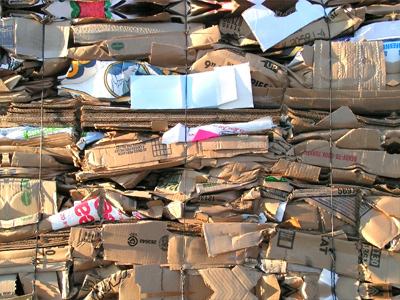The Excessive Use of Paper: Exploring the Environmental Impact and Sustainable Solutions
In our modern world, paper has become an integral part of our daily lives. From packaging materials to office documents, newspapers to books, paper is omnipresent. However, the convenience and versatility of paper come at a significant cost to the environment. The excessive use of paper not only contributes to deforestation but also leads to the consumption of vast amounts of water, energy, and other valuable resources. In this blog, we will explore the environmental impact of paper usage and discuss sustainable solutions to reduce our reliance on this precious resource.
Deforestation and Loss of Biodiversity:
One of the most significant consequences of paper production is deforestation. Forests play a crucial role in maintaining the balance of ecosystems, providing habitat for countless species and serving as carbon sinks to mitigate climate change. However, the demand for timber and wood pulp for paper production has led to the destruction of vast forest areas globally. This destruction disrupts wildlife habitats, displaces indigenous communities, and contributes to the loss of biodiversity.
Water and Energy Consumption:
The production of paper involves intensive water and energy usage. Large quantities of water are required for the pulping process, where wood fibers are separated from other components. Additionally, paper mills consume substantial amounts of energy for processing, drying, and transportation. This energy often comes from non-renewable sources, further exacerbating environmental issues such as greenhouse gas emissions and air pollution.
Waste Generation and Recycling Challenges:
The excessive use of paper also leads to significant waste generation. Despite efforts to promote recycling, a significant portion of paper ends up in landfills, where it contributes to methane emissions, a potent greenhouse gas. Recycling paper is not without its challenges either. The recycling process itself requires energy and water, and the quality of recycled paper may degrade with each cycle. Moreover, not all types of paper can be easily recycled, such as those with coatings or mixed materials, adding complexity to the recycling process.
Sustainable Solutions:
To address the environmental impact of paper usage, it is crucial to adopt sustainable practices and explore alternative solutions. Here are some measures that individuals, businesses, and governments can take:
1. Reduce Paper Consumption: Embrace digital alternatives such as e-books, e-tickets, and electronic billing systems. Encourage the use of online platforms for communication and documentation, reducing the need for printing.
2. Opt for Sustainable Paper: When paper use is necessary, choose recycled or sustainably sourced paper certified by recognized organizations like the Forest Stewardship Council (FSC). These certifications ensure responsible forestry practices and support the protection of natural habitats.
3. Practice Efficient Printing: Print only when necessary and utilize double-sided printing to maximize paper usage. Adjust print settings to use less ink and paper, such as reducing margins and font sizes.
4. Promote Paper Recycling: Encourage recycling programs and ensure proper disposal of paper waste. Support initiatives that promote paper recycling and educate communities about the importance of recycling.
5. Explore Alternative Materials: Investigate and promote the use of alternative materials to paper, such as reusable or eco-friendly packaging options. Embrace digital storage and cloud-based solutions to reduce the need for physical documentation.
By adopting these sustainable practices, we can minimize the environmental impact of excessive paper usage and contribute to the preservation of our planet. Every small step counts, and together we can make a significant difference in conserving resources, protecting forests, and building a more sustainable future. Let’s strive for a world where the use of paper is optimized, and our actions prioritize the well-being of both the environment and future generations.




